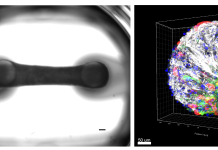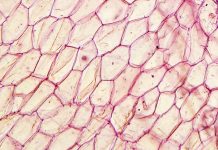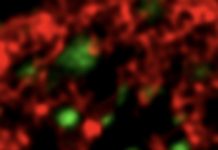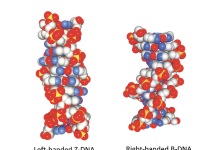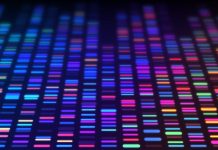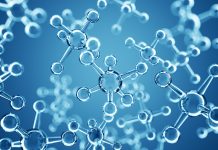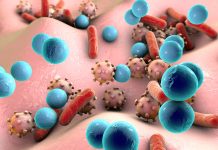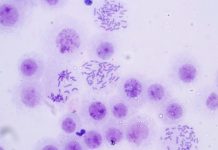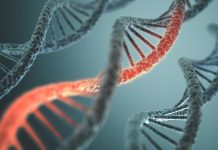Home 2024
Archives
The role of stem cell-derived tissues in novel treatments for cardiac ailments
Curbs on animal testing mean human tissues derived from induced pluripotent stem cells offer a promising platform in discovering novel treatments for cardiac ailments.
The ethical and legal challenges of cell donation for brain organoid research
Ethical and legal concerns raised by the use of human biological materials, especially cells from adult donors and foetal tissues, must be thoroughly examined.
What imaging reveals about engineered endosymbionts
Ashley V. Makela and Christopher H. Contag from the Institute for Quantitative Health Science and Engineering, walk us through watching living therapeutics in action, including what imaging reveals about engineered endosymbionts.
The different facets of biodiversity
Professor F. Guillaume Blanchet from Université de Sherbrooke explores the various aspects of biodiversity and the challenge involved in monitoring it.
Arc: A new target for treating alzheimer’s disease
Antonius M. VanDongen, Associate Professor from Duke University, walks us through Arc, a new target for treating Alzheimer’s disease.
Flipons: The discovery of Z-DNA and soft-wired genomes
Alan Herbert, Founder and President of InsideOutBio, discusses alternative DNA conformations and understanding of their biological functions.
RNA and DNA flipons in health and disease
Flipons are the next step in DNA research. What they are, their role in DNA and RNA coding, their impact on medical science, and their relation to the immune system are discussed here.
Understanding thermolabile protecting groups for nucleic acid-based drugs
Serge L. Beaucage investigates thermolabile protecting groups for the amine functions of purine and pyrimidine deoxyribonucleosides for the development and implementation of synthetic DNA sequences as nucleic acid-based drugs.
The idea of self-organisation in biology and its critics
Using the example of Alan Turing’s paper on morphogenesis, Ute Deichmann at Ben-Gurion University of the Negev explores self-organisation in biology.
Shrouded in genomic heterochromatin are ancient viral-like elements that could jump
Host defences operate to prevent ‘ancient viruses’ from ever jumping but, in cancers, cells lose multiple layers of ‘epigenetic’ control, and this can lead to the awakening of jumping or ‘retrotransposition’ of ancient viruses.
Information overload and the ossification of immunological research
Peter Bretscher, Faculty in the Department of Biochemistry, Microbiology and Immunology at the University of Saskatchewan questions whether there is a way of fostering resilience in immunological research.
Open Science and Research Infrastructures provide the foundation and pillars necessary to tackle global...
COVID has highlighted the importance of Open Science and research infrastructures to accelerate the impact of scientific research.
Part 4: Scientific sunburn & skin cancer
In this last of a four part series, Chanda Siddoo-Atwal, President and Primary Biochemist of Moondust Cosmetics Ltd, explores the potential of the plant compound, resveratrol, as a cancer chemopreventive agent in the context of sunburn & skin cancer.
Satellite DNA arrays barcode chromosomes to regulate genes
In this piece, Dr Helen Rowe summarizes how arrays or strings of multi-copy satellite DNAs can barcode chromosomes to regulate cell fate, by acting...
What are the possibilities of DNA and RNA sequences?
Serge L. Beaucage, Supervisory Research Chemist at the Food and Drug Administration discusses his work with DNA and RNA sequences and the groundbreaking impact this technique could have.


